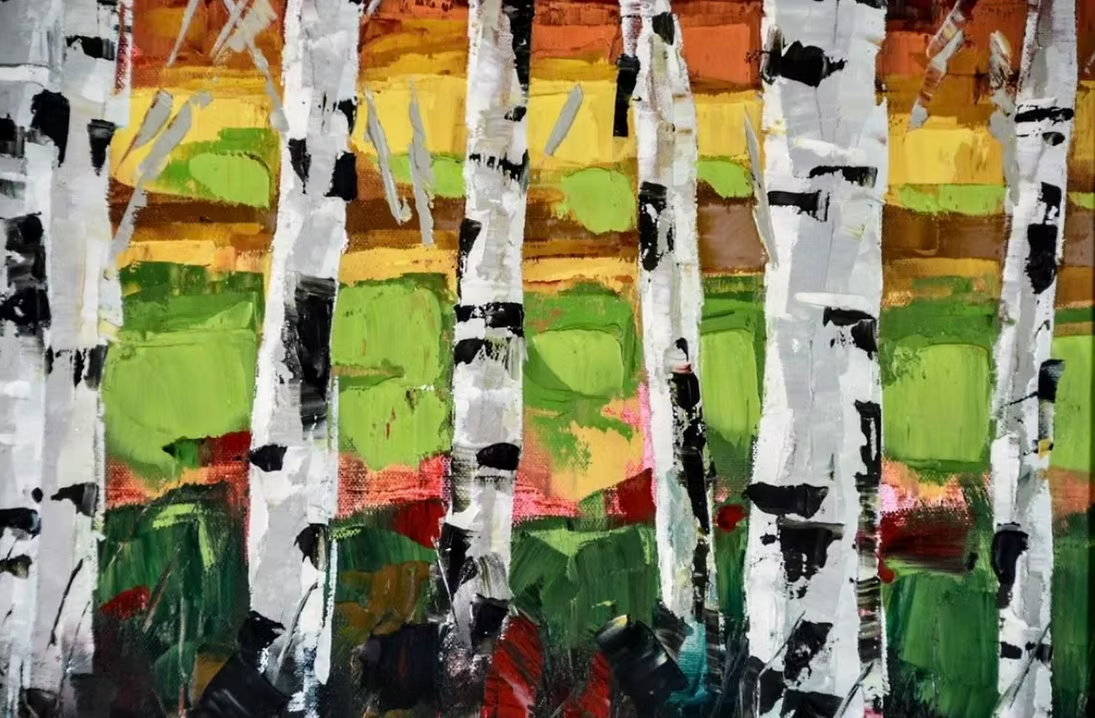
Color Chording: Where Music Meets the Canvas
“If everything has a frequency, then painting with music is just tuning into the right station.”
Color Chording: Where Music Meets the Canvas
Some people hear music. Some people see colors. I do both — and I’ve found a way to turn sound into paint.
For years, I was convinced there had to be a connection between color and sound — both are measured in frequencies, both travel in waves, and both can change how we feel in an instant. I wasn’t just looking for a theory; I wanted a system that could visually translate music into art.
That’s where Color Chording was born.

Color Chording: Here Comes the Sun. The Beatles
The Breakthrough
I worked with my friend John Blasucci (a musical genius) and my nephew Andrew Marshall (a brilliant thinker with a knack for patterns) to bridge the gap between the piano keys and the color wheel.
Andrew lined up the 12 notes of the chromatic scale with the 12 primary, secondary, and tertiary colors. Suddenly, each note had a color. Each chord had a palette. From there, I experimented with hue, saturation, and value — layering them to mimic texture and movement in music. You can learn more about Color Chording here. Bouck Studios Website
How it works
Single note → single color
Chord → blended palette
Rhythm → texture patterns
Tempo → brushstroke energy
It’s not just painting while music plays — it’s painting the music itself.
Why it’s different
Most paintings are visual from the start. Color Chording starts auditory — I’m translating emotion from one sense into another. Viewers often say they can “hear” the painting once they know the song it came from.
Why collectors connect
They can commission a piece from their favorite song.
It’s deeply personal and completely unique.
It’s both a visual and emotional keepsake.
Color Chording turns the invisible into something you can hang on your wall.
